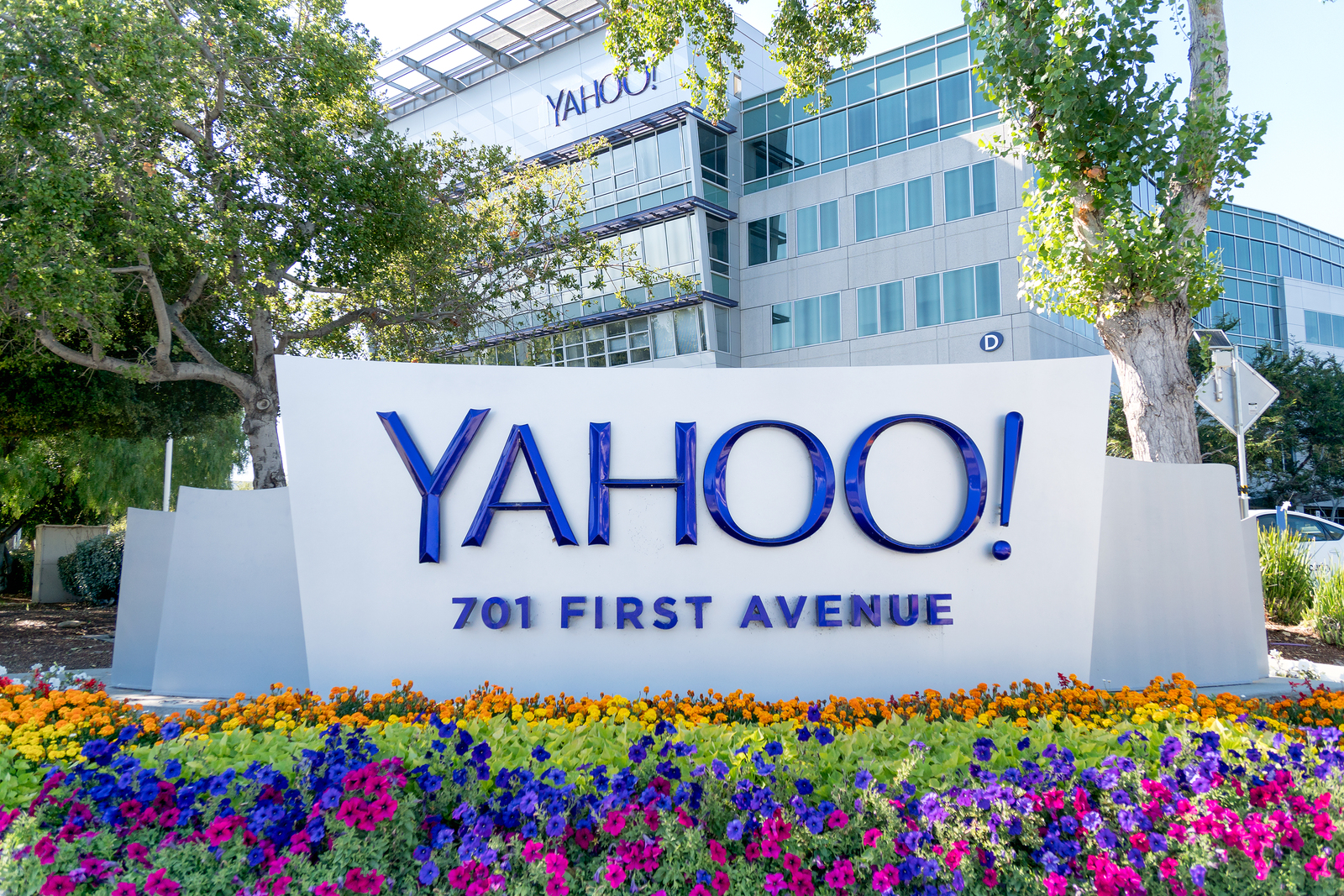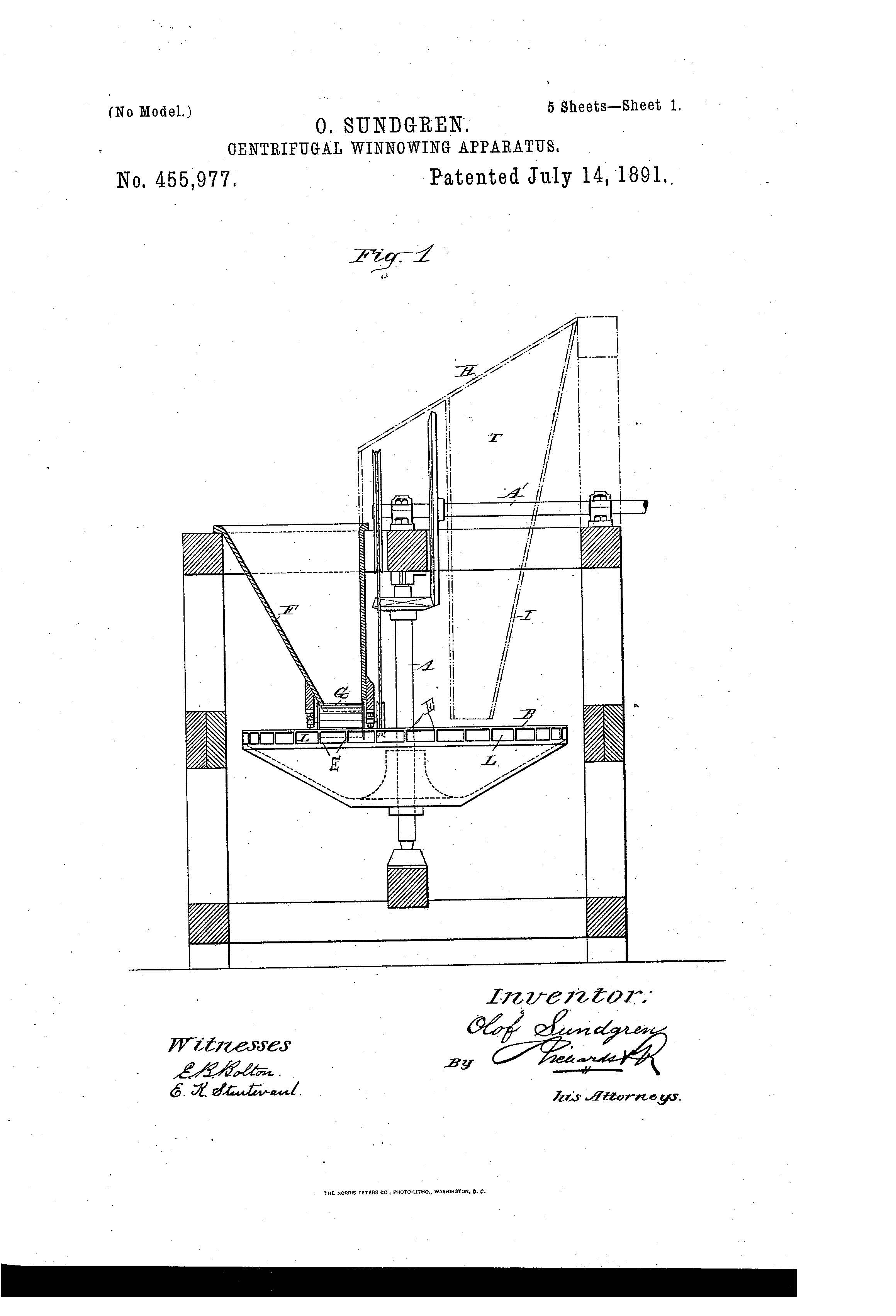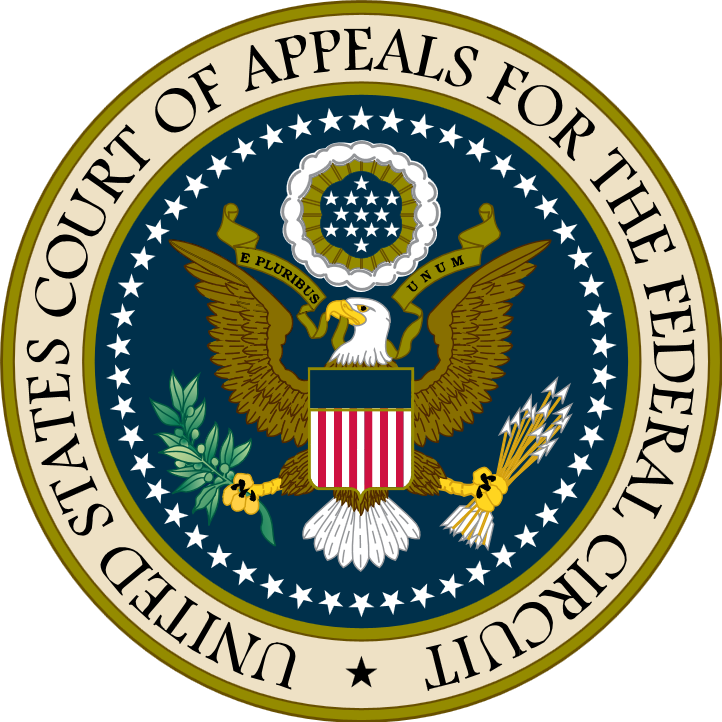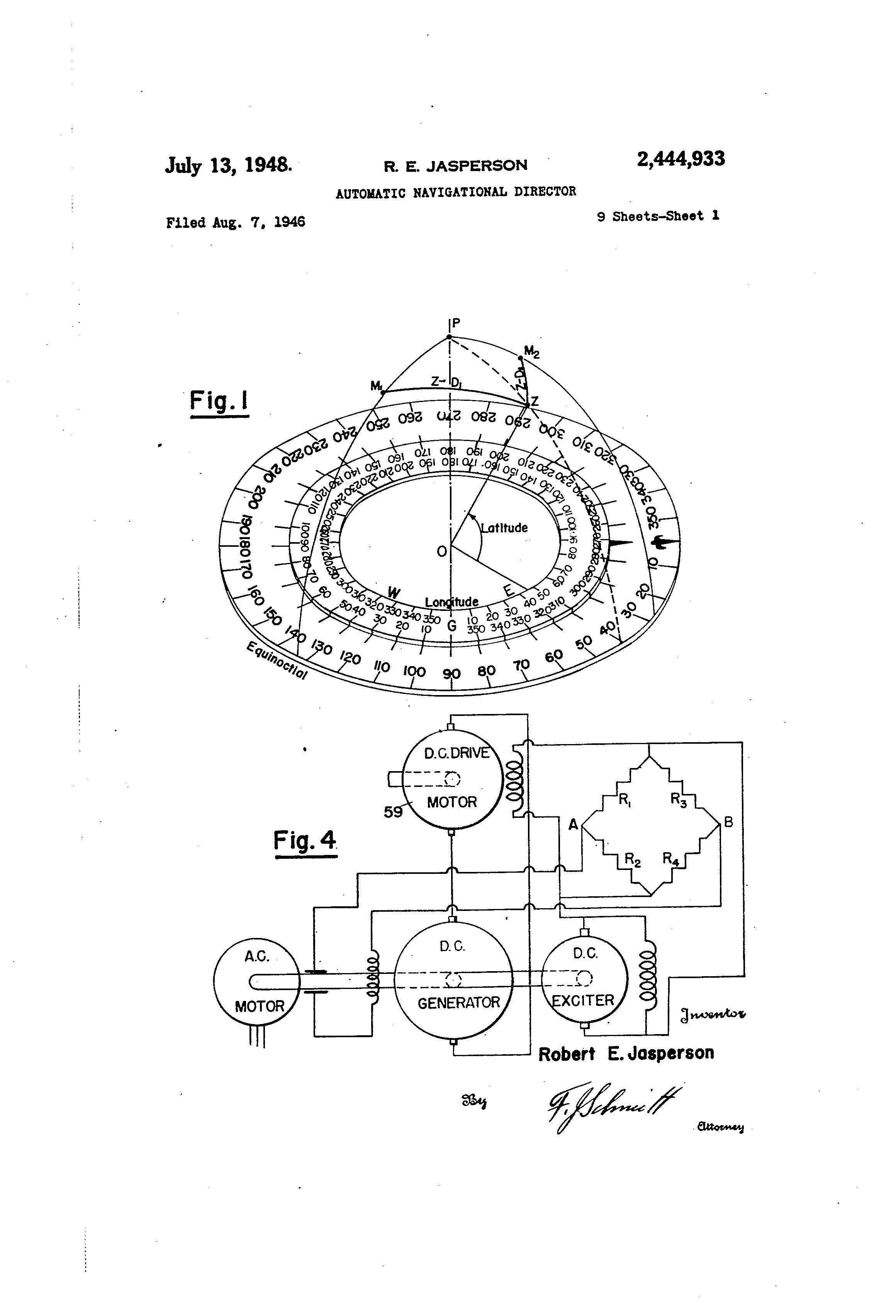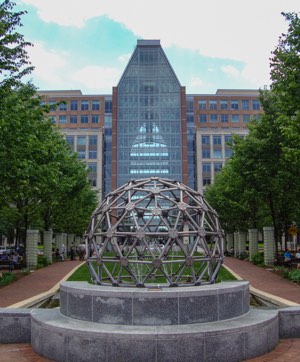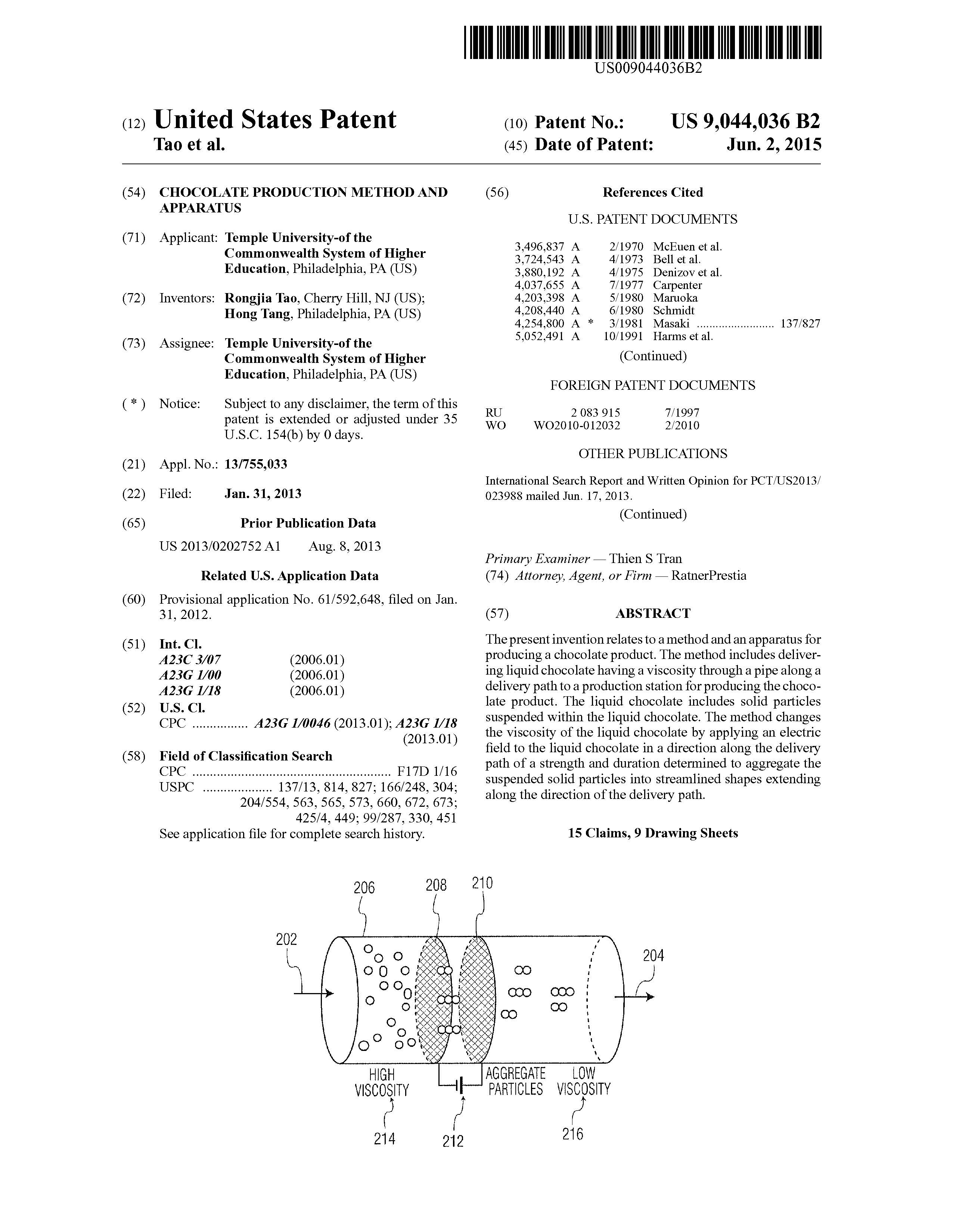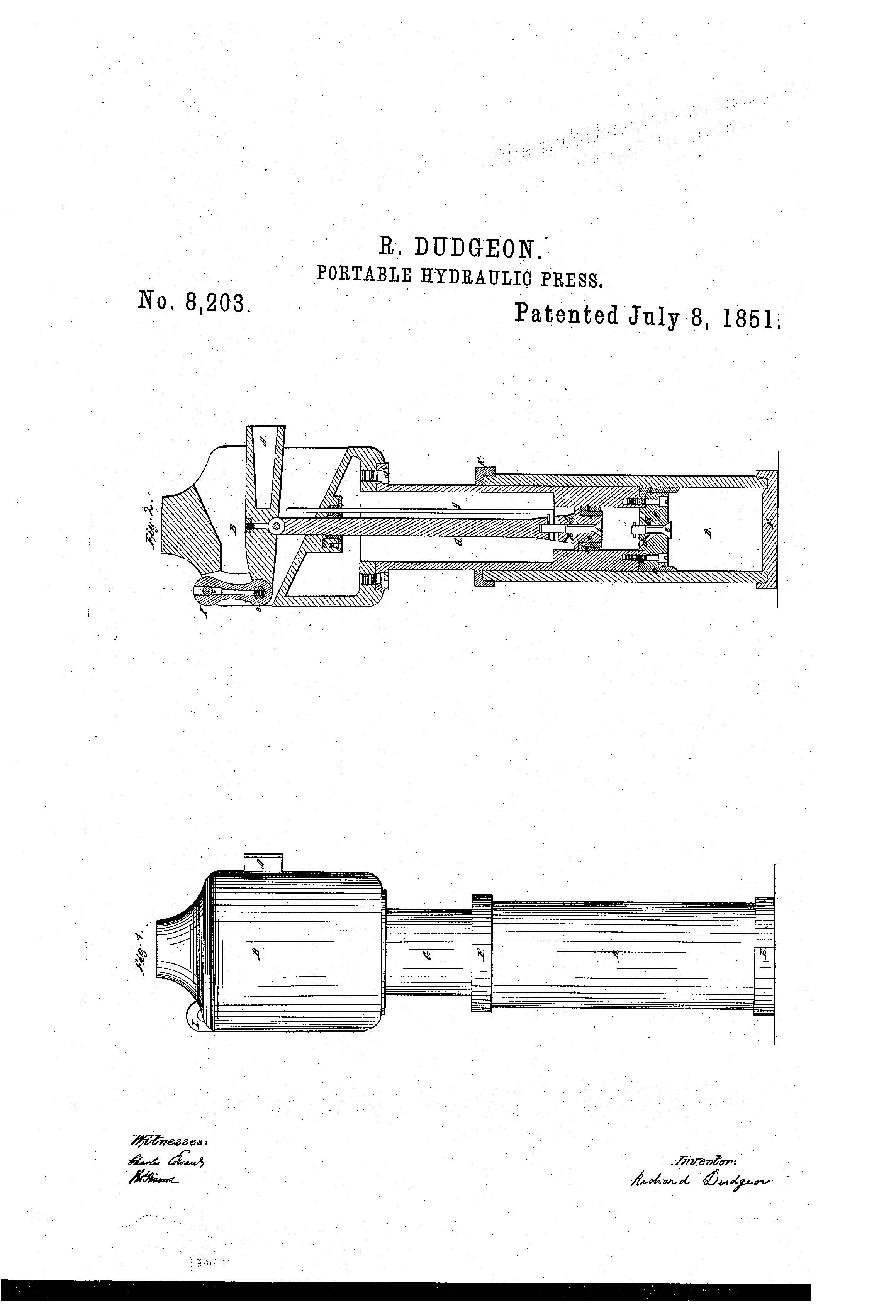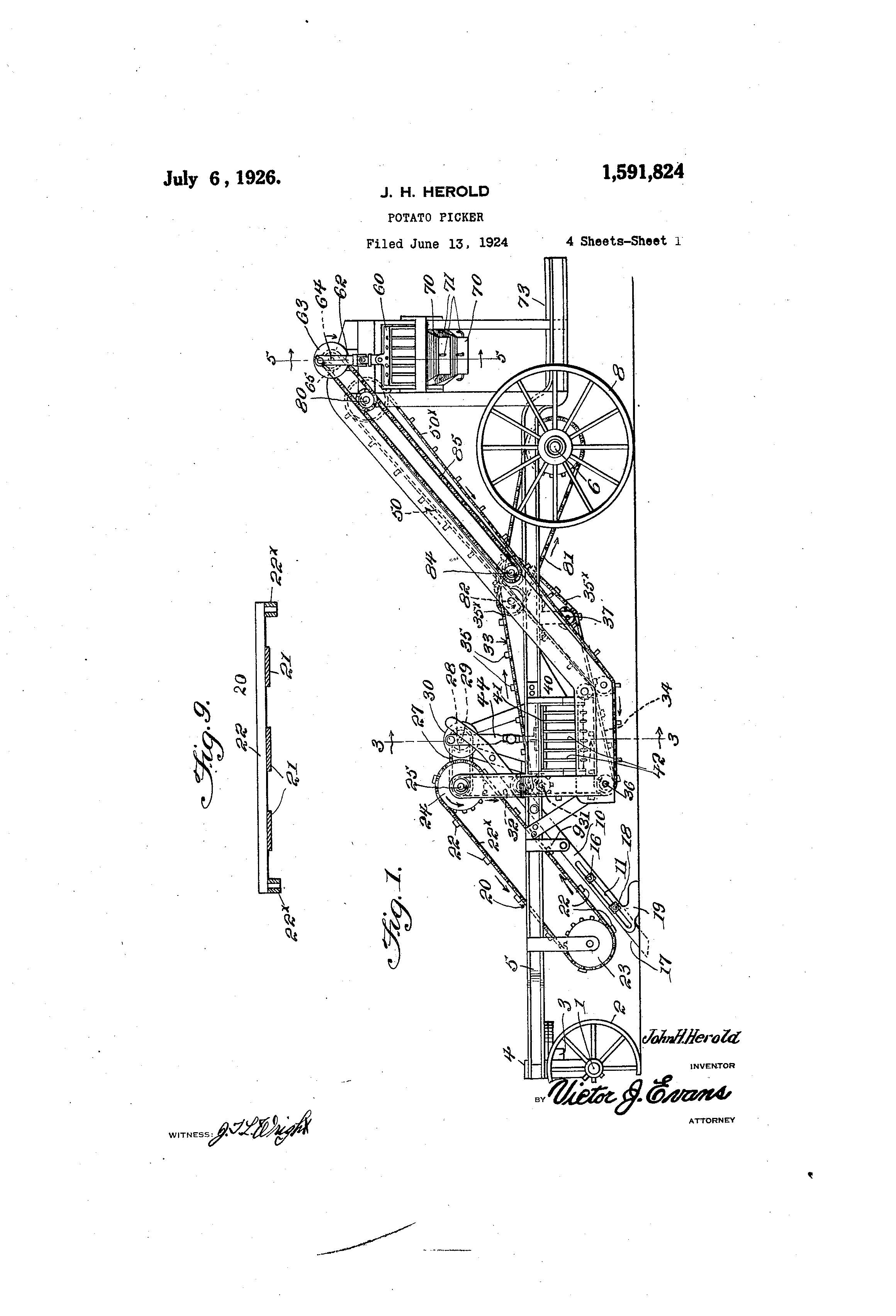Yahoo Excalibur Patent Portfolio Sale Not as Good as Promised
Not a lot has gone right for Yahoo recently. In a July 6th article, we discussed how Yahoo was touting nearly 3,000 patents in an auction estimated to bring in over $1 billion to the company that has yet to turn itself around in this competitive market. It appears, after a report from TurboPatent, more bad news is on the horizon for Yahoo.
Monday July 11, 2016, TurboPatent published a report that claimed 44% of the thousand plus patents Yahoo sold have “high severity” issues and nearly all of them, including pending patents, have issues that could lead them to be invalidated. This, unfortunately, could make it very difficult for Yahoo to bring in the $1 billion they were estimating.
James Billmaier, CEO of TurboPatent, explained over the course of several days, TurboPatent deployed its machine learning and artificial intelligence technology to assess similarities between Yahoo’s portfolio and other patents to determine how vulnerable the Yahoo patents would be to invalidity challenges. Yahoo’s portfolio consists of 1,757 patents and 896 patent applications.
“[Our] analysis found Yahoo!’s Excalibur patent portfolio contains a much higher percentage of potentially worthless patents than the average patent portfolio,” TurboPatent said in a statement.
Besides the 44% of patents thought to have “high severity” vulnerabilities meaning a 90% chance a patent would not survive a challenge, the report also found another 53% had “low” or “moderate” vulnerabilities. Low meaning, 10-20% likelihood the patent would not survive a challenge and moderate meaning a 50% chance of not surviving.
The report also mentions the names of companies that have frequently cited Yahoo’s patents, Google and Microsoft being two of them.
However things turn out for Yahoo, it would be best, if buying any of these patents, to go in with a buyer beware mentality given the above information.
Patent of the Day: Centrifugal Winnowing Apparatus
On this day in 1891 Olof Sundgren was granted the patent for Centrifugal Winnowing Apparatus. U.S. Patent No. 455,977.
The separation of particles of different weights is effected by this apparatus by throwing them freely upward and outward into the air by means of a rotating disk or drum. This apparatus differs from others employed for the same purpose partly in the devices for conducting the particles into one disk and partly in other details, whereby the particles, instead of being thrown straight outward in a horizontal direction, are thrown outward and upward at an angle of about thirty degrees with the horizon. Further, the particles are not thrown out around the whole circumference of the disk, but only around a part of the same toward one or more sides of the apparatus.





MedCo v. Hospira—Federal Circuit Guidance on What Constitutes a “Sale” under § 102(b)
On July 11, 2016, the Federal Circuit issued a unanimous decision, which addressed what constitutes a “sale” for the purposes of the “on sale” bar to patentability pursuant to 35 U.S.C § 102(b) (pre-AIA). See The Medicines Co. v. Hospira, Inc., Nos. 2014-1469, 2014-1504, slip op. (Fed. Cir. June 11, 2016) (en banc) (“MedCo”).
The Court in MedCo provides guidance with respect to what constitutes a “sale”, which could trigger a bar to patentability under 35 U.S.C. § 102(b). Transactions that are found to be a “sale” can preclude patentability. “[I]f ‘on sale’ more than one year before the filing of an application for a patent on the governing claims, any issued patent is invalid and the right to exclude others from making, using, and selling the resulting product is lost.” Id. at 3; see also 35 U.S.C. § 102(b) (“A person shall be entitled to a patent unless… b) the invention was… on sale in this country, more than one year prior to the date of application for patent in the United States.”)).
In MedCo, the Court ruled that for an invention to be precluded from patentability pursuant to the “on sale” bar of 35 U.S.C. § 102, “a product must be the subject of a commercial sale or offer for sale, and that a commercial sale is one that bears the general hallmarks of a sale pursuant to Section 2-106 of the Uniform Commercial Code.” Id. at 3.
In MedCo, the Court held that no such commercial sale of the patented products occurred, and therefore, the patent was not invalid pursuant to the “on sale” bar of 35 U.S.C. § 102. Id. at 3.
The patents at issue in MedCo include pharmaceutical product and product-by-process claims related to the drug Angiomax ®. Id. at 4-6.
In MedCo, the Court applied the two-pronged test set forth by the United States Supreme Court in Pfaff v. Wells Electronics, Inc., 525 U.S. 55 (1998). “Pfaff’s two-step framework requires that the claimed invention was (1) the subject of a commercial offer for sale; and (2) ready for patenting.” MedCo, at 9. The issues in MedCo required the Court to focus on the first prong of the two-pronged Pfaff test: “whether the invention was the subject of a commercial sale or offer for sale.” MedCo at 18.
The Court explained the applicable law in part:
‘[A]s a general proposition, we will look to the Uniform Commercial Code (‘UCC’) to define whether . . . a communication or series of communications rises to the level of a commercial offer for sale.’ And we have made clear that, post-Pfaff, ‘[t]he transaction at issue must be a ‘sale’ in a commercial law sense,’ and that ‘[a] sale is a contract between parties to give and to pass rights of property for consideration which the buyer pays or promises to pay the seller for the thing bought or sold.’
Id. at 19 (internal citations and some internal quotation marks omitted).
The Court held that transactions between the inventor (MedCo) and its drug manufacturer (Ben Venue Laboratories) more than one year prior to the 2007 filing date of the patents “did not constitute commercial sales of the patented product.” Id. The Court stated that “the mere sale of manufacturing services by a contract manufacturer to an inventor to create embodiments of a patented product for the inventor does not constitute a ‘commercial sale’ of the invention.” Id. The Court further stated that the inventor’s (MedCo’s) “stockpiling” of patented products purchased from the manufacturer (Ben Venue Laboratories) “is not improper commercialization” subject to the “on sale” bar of 35 U.S.C. § 102(b). Id. The Court explained:
[C]ommercial benefit—even to both parties in a transaction—is not enough to trigger the on-sale bar of § 102(b); the transaction must be one in which the product is “on sale” in the sense that it is “commercially marketed.” There are, broadly speaking, three reasons for our judgment in this case: (1) only manufacturing services were sold to the inventor—the invention was not; (2) the inventor maintained control of the invention, as shown by the retention of title to the embodiments and the absence of any authorization to Ben Venue [(the manufacturer)] to sell the product to others; and (3) “stockpiling,” standing alone, does not trigger the on-sale bar.
Id.
Because the transaction between the inventor and the manufacturer was merely for manufacturing services and the transaction did not include the transfer of title of the patented products, themselves, the Court held that “there was no sale of the ‘invention’” and, therefore, no “on sale” bar to patentability. MedCo, at 22. Additionally, the Court reasoned that, while not dispositive, “the confidential nature of the transactions is a factor which weighs against the conclusion that the transactions were commercial in nature” or “for commercial marketing purposes.” Id. at 24-25.
The Court elaborated that the “on sale” bar of 35 U.S.C. § 102(b) “prevent[s] inventors from filing for patents a year or more after the invention has been commercially marketed, whether marketed by the inventor himself or a third party.” MedCo, at 25. The Court explained that the present case is coherent with previous cases, which have stated: “[a]ny attempt to use it for a profit, and not by way of experiment, for a longer period than [the grace period] before the application, would deprive the inventor of his right to a patent,”; “it is a condition upon an inventor’s right to a patent that he shall not exploit his discovery competitively after it is ready for patenting”; “The overriding concern of the on-sale bar is an inventor’s attempt to commercialize his invention beyond the statutory term.”; “the intent of [§ 102(b)] is to preclude attempts by the inventor or his assignee to profit from commercial use of an invention for more than a year before an application for patent is filed”. Id. at 25-26 (internal citations omitted; emphasis in original).
Further, the Court held that the commercial benefit of “stockpiling” patented products does not constitute “a commercial sale or offer for sale” under 35 U.S.C. § 102(b) because a commercial benefit, by itself, does not necessarily equate to “a commercial sale or offer for sale”. MedCo, at 26. The Court explained:
Stockpiling—or building inventory—is, when not accompanied by an actual sale or offer for sale of the invention, mere pre-commercial activity in preparation for future sale. … The on-sale bar is triggered by actual commercial marketing of the invention, not preparation for potential or eventual marketing. … [N]ot every activity that inures some commercial benefit to the inventor can be considered a commercial sale. … [S]tockpiling by an inventor with the assistance of a contract manufacturer is no more improper than is stockpiling by an inventor in-house.
Id. at 26.
After concluding that MedCo’s transactions with its manufacturer did not amount to on-sale bars, the Court further ruled that it would “not recognize a blanket ‘supplier exception’ to what would otherwise constitute a commercial sale as we have characterized it today.” MedCo, at 31. The Court explained:
While the fact that a transaction is between a supplier and inventor is an important indicator that the transaction is not a commercial sale, … it is not alone determinative. Where the supplier has title to the patented product or process, the supplier receives blanket authority to market the product or disclose the process for manufacturing the product to others, or the transaction is a sale of product at full market value, even a transfer of product to the inventor may constitute a commercial sale under § 102(b). The focus must be on the commercial character of the transaction, not solely on the identity of the participants.
Id. at 26.
Patent of the Day: Automatic Navigational Director
On this day in 1948 Robert E. Jasperson was granted the patent for Automatic Navigational Director. U.S. Patent No. 2,444,933.
This invention relates to means for determining and indicating automatically and continuously the geographical position of an airborne, sea or land craft or missile, and for directing said craft to any other geographical position by automatic reference to celestial bodies. In the form illustrated, it is particularly adapted for use on aircraft and guided missiles, since this type of vehicle usually changes its geographical position too rapidly to allow the normal time consuming observations and manual operation of navigational instruments now used on aircraft, to provide for proper and timely operation of the controls in the craft so as to direct it most expeditiously toward either a predetermined destination or toward a new destination suddenly determined upon.









USPTO Launches New Post-Prosecution Pilot Program
The United States Patent and Trademark Office (USPTO) launched a new Post-Prosecution Pilot (P3) on July 11, 2016. According to the USPTO, P3 was initiated to test its impact on enhancing patent practice during the period subsequent to a final rejection and prior to the filing of a notice of appeal. It is designed to increase the value of after final practice; reduce the number of appeals and the issues taken to the Patent Trial and Appeal Board (PTAB); reduce the number of Requests for Continued Examination (RCE); and streamline the options available to an applicant during the final practice. Effectively, it builds on features from other PTO programs, namely, Pre-Appeal Brief Conference and After Final Consideration 2.0 pilot programs.
The P3 pilot program will run July 11, 2016 until either January 12, 2017, or the date in which the USPTO has accepted a total of 1,600 compliant requests, whichever occurs first. Each individual technology center will accept no more than 200 compliant requests.
Under this new program, an applicant can request to participate in a conference with a panel of examiners, including the examiner of record, to review the applicant’s response to the final rejection. The conference will begin with the applicant’s oral presentation of no more than 20 minutes. The USPTO hopes through this process, issues can be resolved with no need of an appeal. The applicant will be notified of the panel’s decision in writing.
Applicants who wish to participate in the Post-Prosecution Pilot Program must file a request for consideration within two months from the mailing date of the final rejection prior to filing a notice of appeal. The request must include a response to the final rejection and a statement saying the applicant is willing and available to participate in the P3 conference. Optionally, a proposed non-broadening amendment to one or more claim(s) can also be sent.
The Post-Prosecution Pilot Program, according to the Patent Office, responds to stakeholder input gathered during public forums held in support of the Enhanced Patent Quality Initiative. The USPTO is requesting the public’s input and suggestions in hopes to improve after final practices and reduce the number of appeals taken to the Patent Trial and Appeal Board (PTAB) as well as reduce the number of RCEs.
To view the USPTO notice: https://www.gpo.gov/fdsys/pkg/FR-2016-07-11/pdf/2016-16423.pdf
How Does BREXIT Impact the European Patent Landscape
On June 23, 2016, the UK voted to leave the European Union (EU). There is little doubt that Great Britain’s choice to leave the EU (BREXIT) will have a major impact on business and commerce. The European patent landscape will in no way be immune from this decision.
Currently, an inventor may obtain a grouping of patents in up to 38 European countries through a single application filed with the European Patent Organization (EPO). The patents granted through this system do, however, operate as separate patents on a per country basis. Thus the owner, in order to protect his/her rights, is required to file actions in each separate country in order to secure rights in each country.
Forecasted to be put into motion in early 2017, the European Unitary Patent (UP) and the United Patent Court (UPC) were to serve as the answer to a decades long discussion about enacting a unified system. The UP was devised to give inventions uniform patent protection across 26 of the Member States of the EU (Croatia and Spain were not included). This would allow the holder of a Unitary Patent to defend his/her rights by filing one action in the UPC. The biggest countries in the European patent arena-France, Germany, and the UK - were to be home to the three main locations of the UPC. In addition, French, German, and English would be the only three languages in which a UP would be prosecuted. This would streamline many processes and would lower the costs of obtaining and defending a European patent.
With the UK departing from the EU, it is important to consider the fate of the UP and the UPC. The short answer is that no one really knows for sure. There are many factors to consider in predicting the fate of the UP/UPC. For instance, the UK has not passed the treaty to be a part of the UPC. It is now unlikely that they will vote to pass it in light of the BREXIT vote. Even if the UK did ratify the treaty, as it stands, only members of the EU may participate in the UPC. Thus, without revision of the treaty, it stands to reason that once the UK withdraws from the EU, it must also withdraw from the UPC. There is a two-year interim period provided for Member States who exit the EU. This would allow the UK to be a part of the UPC for a short window of time, which may not be beneficial or cost effective for them when they know they will be exiting.
Alternatively, the UPC could exist separately from the UK, with the other Member Countries of the EU forming the UPC and the UK being independent from it. Ultimately, this will involve a cost/benefit analysis by the remaining EU members to determine how much they would value UK’s inclusion in the UPC. The UPC would lose the experience and resources that the UK and British judges bring to the table. This, of course, assumes that the UK would even want to be a part of the UPC, which remains to be seen. One would expect a significant amount of politics to play in this decision and at this point it remains unclear if such political hurdles could be overcome, even if the EU and the UK valued UK’s inclusion in the UPC.
In addition, the entire UP/UPC system could be scrapped. This would likely be viewed as a pretty significant loss, especially by the inventors and companies looking forward to a unified European patent regime.
The fate of the UP/UPC is certainly in doubt in the wake of the BREXIT vote. There are many different paths the UP/UPC could take, from existing without the UK, to having the UK be a part of it for a limited time, to restructuring the treaty so they may be a part of the UPC without being a member of the EU, to simply dissolving. In any event, it is highly likely that the enactment of the UP/UPC will experience a significant delay.
Patent of the Day: Aerodrome
On this day in 1911 James Travis was granted the patent for Aerodrome. U.S. Patent No. 997,521.
One object of this invention is to provide elevating and sustaining wings of novel form mounted for circular movement about an axis extending transversely of the machine, the mechanism employed for actuating the wings being simple, compact and durable and under constant control of the aviator.
A further object is to proved a tail plane having means whereby it can be swung upwardly and downwardly and tilted to the right or to the left irrespective of said swinging movement so as to control the direction of flight.
A further object is to provide a novel form of controlling plane located in front of the body of the machine and by means of which the machine may be caused to soar upwardly or downwardly as desired.



Physicists Patent Way to Manufacture Low-Fat Chocolate

Low fat chocolate. While it sounds too good to be true, physicists Rongjia Tao and Hong Tang from Temple University are hoping to make it a reality. They have devised a novel approach to manufacturing reduced-fat chocolate. Currently, in order to keep chocolate in a liquid state during production it needs a higher fat content – as much as 40 percent. The new method suggests the old process can be circumvented with the application of an electric field.
The technology involved in this process involves electrorheology. Electrorheology involves the manipulation of physical characteristics of a liquid, such as viscosity, through the application of an electrical field. In the process being developed by Temple University, the researchers found that when an electric field was applied in the flow direction of a liquid stream of chocolate the field acted to reduce the viscosity of the chocolate along that direction. The electric field acted to polarize the cocoa particles, allowing them to reorient and aggregate, making them short chains that flowed more easily. The viscosity of the chocolate liquid was made anisotropic, having a physical property that has a different value when measured in different directions. In this case, the viscosity of the chocolate was reduced only along the flow direction.
A reduction in viscosity means the chocolate can adequately flow at a lower minimum fat content. This new approach has the potential to reduce the chocolate’s fat content from 40 percent to 32 percent, according to the Temple University researchers. The researchers have patented this method in U.S. Patent No. 9,044,036 and U.S. Patent No. 9,198,446 and have received funding from Mars Chocolate.
While there is no guarantee this chocolate will hit the grocery store aisles any time soon, the potential for a lower-fat chocolate will likely excite manufacturers and sweet tooths alike.
Patent of the Day: Portable Hydraulic Press
On this day in 1851 Richard Dudgeon was granted the patent for Portable Hydraulic Press. U.S. Patent No. 8,203.
This press is to the eye a simple cylinder of from three to five or more inches in diameter, according to the power desired, with an enlarged head, having an opening for the reception of the lever by which the piston of the pump is worked. This cylinder, with its enlargement, contains just so much of water or other fluid as is required to fill the vacancy caused by the raising of the interior shaft in the act of lifting, and when this is accomplished, the water is returned into its original recess by a valve operated by the lever that works the pump. The press is portable.

Patent of the Day: Rocket Apparatus
On this day in 1914 Robert H. Goddard was granted the patent for Rocket Apparatus. U.S. Patent No. 1,102,653.
This invention relates to a rocket apparatus and particularly to a form of such apparatus adapted to transport photographic or other recording instruments to extreme heights. Certain features of the invention are also applicable to the displays of signals or to the projection of explosions.

Decision in Rapid Litigation Management LTD v. Cellzdirect, Inc.
A decision was issued on July 6, 2016 by the United States Court of Appeals for the Federal Circuit (CAFC) in Rapid Litigation Management LTD v. Cellzdirect, Inc. The dispute came to the CAFC on appeal from the United States District Court for the Northern District of Illinois. Rapid Litigation Management, owner of the patent, appealed the District Court’s decision, which concluded on summary judgement, that U.S. Patent No. 7,604,929 claims were ineligible because they were directed to a law of nature.
Chief Judge Prost of the CAFC, joined by Judge Moore and Judge Stoll, found that the patent claims in question were not directed to patent-ineligible subject matter. The Court vacated the District Court’s ruling and remanded the case back to the District Court. Prost stated “no one could ever get a patent on cryopreservation, or on any other innovative method that acts on something that is naturally occurring,” Bob Stoll, former Commissioner for Patents at the United States Patent and Trademark Office said “This is very heartening since the Supreme Court denied cert in Sequenom. It is great to see the CAFC apply the Supreme Court decisions more narrowly, as intended by that Court, and provide some relief to innovators that will help them to attract funding to develop their inventions.”
This decision could mark a significant change to innovators in the life sciences field. Prior to this ruling the CAFC had seemed hesitant to read the Supreme Court’s precedent in Mayo v. Prometheus and AMP v. Myriad Genetics. It is likely that the CAFC was looking to the Supreme Court to clarify the broad and expansive language of Mayo v. Prometheus and AMP v. Myriad Genetics.
Patent of the Day: Potato Picker
On this day in 1926 John H. Herald was granted the patent for Potato Picker. U.S. Patent No. 1,591,824.
The object of this invention is the provision of an apparatus for picking up potatoes after the digging of the potatoes by another apparatus and after the potatoes have been left on the ground to dry, said apparatus being simple and strong in construction and reliable in operation and being adapted in addition to picking up potatoes to sort or grade the potatoes after separating the same from vines and other debris and dirt.





